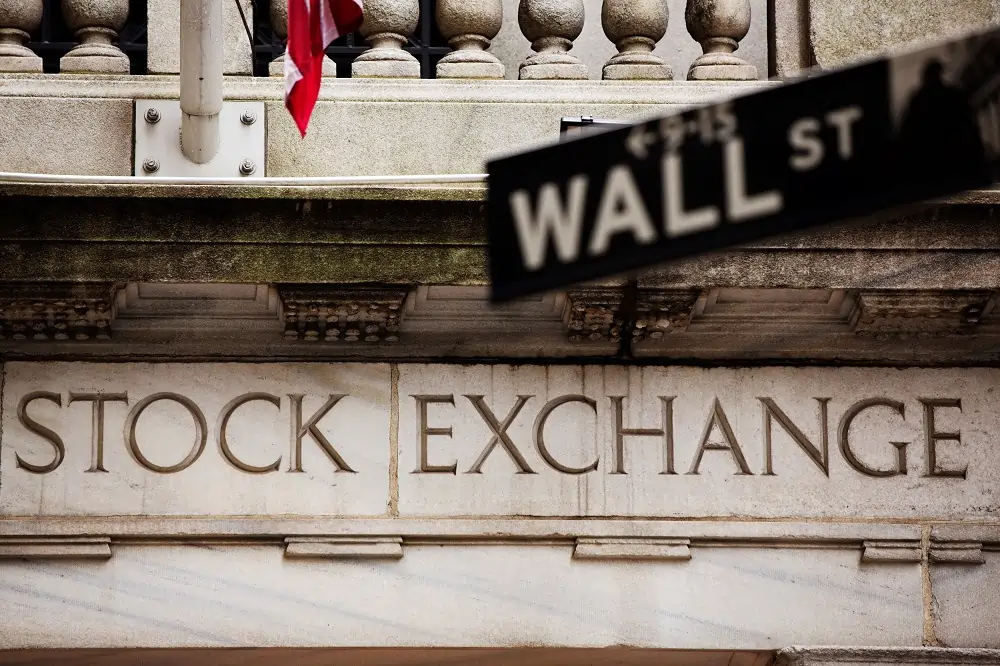
NEW YORK (Reuters) – Mergers and acquisitions (M&A) activity fell to its lowest level in ten years globally in 2023, as high interest rates and an economic slowdown weighed on companies’ dealmaking confidence, but bankers and lawyers expect a pick-up as conditions improve.
Total M&A volumes fell 18% to about $3 trillion, according to the most recent data from Dealogic, the lowest since 2013 when deal volumes were at $2.8 trillion.
Dealmakers blamed high interest rates, which made it more expensive for private equity firms and companies with low credit ratings to raise acquisition financing. At the same time, economic uncertainty and market volatility made it harder for acquirers and sellers to agree on deal prices.
“We were surprised by how difficult it was to bring deals forward in 2023. I think there will be an M&A rebound, but how much of it actually appears in 2024 and how much of it is a setup to 2025 remains to be seen,” said Paul J. Taubman, founder and CEO of boutique investment bank PJT Partners.
M&A volumes in the United States – the world’s largest investment banking market – declined 8% to $1.42 trillion. Volumes in Europe and Asia Pacific declined more sharply, by 32%and 20% respectively.
Private equity-led buyout volumes globally slumped 38% to $433.6 billion, as financial sponsors cut back on leveraged buyouts (LBOs) and sold fewer companies.
“At its height, private equity accounted for roughly 30% of the deal activity, and over the last 12 months the sector has largely been absent from deal flow,” said Avinash Mehrotra, co-head of M&A for the Americas at Goldman Sachs.
As a result, private equity firms have been distributing capital back to their limited partners at a much lower rate than in previous years, he said.
“The deals got more complicated, transactions got harder to get across the finish line, and there was a bigger gap between buyer and seller value. And all those things in past downturns would have led to no discussions even happening. But what we’ve seen is a very healthy level of corporate dialogue,” said Tom Miles, head of Americas M&A at Morgan Stanley.
During an otherwise downbeat year, a string of blockbuster deals in the oil and gas industry propped up deal volumes, while also boosting investment banking fees.
Exxon Mobil’s $60 billion bet on Pioneer Natural Resources and Chevron Corp’s $53 billion acquisition of Hess Corp ranked as the largest deals for the fourth quarter and for the entire year as well.
Signs of a pick-up began to show at the end of the year. Deal volumes are up 19% year-over-year in the fourth quarter, buoyed primarily by the energy deals.
“The valuations of a number of companies are still relatively compressed, but it’s been long enough that boards are recognizing that this is just the world that we live in now, as opposed to the world that we’d prefer to be living in, and that makes it easier for buyer and seller expectations to converge a bit in the near term,” said Ben Carpenter, co-head of North America M&A at JPMorgan Chase.
LACK OF CONFIDENCE
A challenging antitrust environment also weighed on boardroom confidence and curbed strategic appetite for transformative mergers. Transactions worth over $5 billion fell to 79 from 93 last year, while the number of $10 billion-plus deals fell to 33 from 37 last year.
“These days, it takes over a year to 18 months to get deals through – and buyers and sellers aren’t interested in being hung out that long, and really want to be compensated for the risk. So it just makes dealmaking hard in sectors like tech right now. That’s a big reason for the fall-off,” said Charles Ruck, global chair of the corporate department at Latham & Watkins.
Investment bankers and M&A lawyers pointed out that cross-border tie-ups have become more complicated to pull off because of stricter and lengthier regulatory reviews in different countries. Cross-border deal volumes globally came in at about $844 billion, down 3% from last year.
“China obviously instead of being a growth engine is a headwind in many sectors,” said Eric Rutkoske, head of M&A at Guggenheim Securities.
Another potential headwind for activity levels in 2024 could be elections in different parts of the world, including in the U.S. and India, because some companies will wait to see if the regulatory regimes will change.
But investment bankers said corporate buyers are unlikely to put strategic M&A planning on hold.
“The regulatory environment for deals is unlikely to be meaningfully different under a new U.S. administration, particularly over the first 12 months or so. I think many people are just forging ahead, given that you can’t wait around forever,” said Ihsan Essaid, co-head of global M&A at Barclays.
Shareholder activism, traditionally a big driver of M&A activity because it pushes companies to consider dealmaking options, is on the rise. Barry Weir, co-head of EMEA M&A at Citigroup, said the proxy season heading into 2024 is looking busier compared to last year.
M&A advisers said the pipeline of deals going into 2024 looks healthier compared to the same period last year.
“The pipeline right now is more robust than it was at any point last year,” said Jim Langston, co-head of U.S. M&A at law firm Cleary Gottlieb Steen & Hamilton.
“Standing here today, the market has started to accelerate, both in terms of confidence levels in C-suites and boardrooms as well as the number of companies that are in active dialogue around transactions,” he said.
(Reporting by Anirban Sen in New York and Anousha Sakoui in London; Editing by Sonali Paul)


